Ignatius believed that our deepest desires and longings were indications of God’s own desires for us. But we also have fears and unfreedoms that block our journey toward God. Ignatian author Margaret Silf suggests that fairy tales can be a way to explore our innermost desires and fears. Stories are fundamental to human existence. They shape our understanding of the world, influence our relationships, and provide a lens through which we interpret our experiences. In many ways, stories are the roadmap to our soul, encapsulating the depth of our human experiences, desires, and fears. This is particularly true of the fairy-tale, the myth, and the archetypal narrative that resonates with our collective human experience, transcending culture, language, and time. They are, in essence, mirrors reflecting our deepest, most intimate longings and fears.
In her book, Landmarks, Silf offers four kinds of stories:

Becoming Who I Really Am
Stories like the Ugly Duckling and Cinderella embody this theme. They involve characters that are unrecognised or belittled, but eventually, their true worth and beauty are revealed. The transformation represents our personal potential and growth. Jesus starts his life as a humble carpenter’s son. As his story unfolds, he discovers his divine identity and mission.
The story of Moses also fits this theme. He was a Hebrew raised as an Egyptian prince, who later discovered his true identity and calling. He became the leader who led the Israelites out of Egyptian bondage, despite his initial hesitations and self-doubt.
Who am I in God?
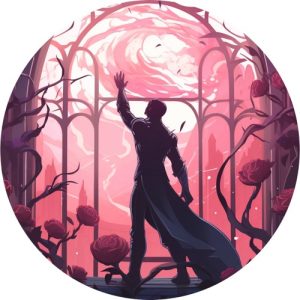
Free Me from the Evil Spell
Similarly, the ‘Free Me from the Evil Spell’ narrative, as seen in Sleeping Beauty, resonates with our longing for liberation—from destructive habits, unhealthy relationships, oppressive systems, or self-limiting beliefs. These stories invite us to imagine the divine prince who recognises our needs, loves us profoundly, and is willing to risk it all to set us free.
The theme of deliverance from evil is deeply intertwined with the story of Jesus. His teachings and miracles were all directed towards freeing people from physical, emotional, and spiritual suffering. Jesus himself was seen as the Prince of Peace, who came to rescue humanity from the curse of sin and death. Furthermore, his resurrection can be seen as the ultimate act of breaking free from the “evil spell” of death.
What do I need to be freed from?

Just One Wish
The story of King Midas illustrates the cautionary tale of unchecked desires leading to unforeseen consequences. This signifies our deepest aspirations and the need for discernment when it comes to what we truly value and desire in life.
The biblical story of Solomon represents this theme. When asked by God to ask for anything he wished, Solomon asked for wisdom to govern his people. This story highlights the importance of choosing wisely when given an opportunity and valuing wisdom over wealth or power.
And Jesus himself wished for the salvation and reconciliation of all humanity to God. His willingness to sacrifice himself for this “wish” speaks to his own deep love and commitment to humanity’s well-being.
What do I truly want?

Love Changes Everything
The Frog Prince typifies this theme. The frog, considered unlovable, is transformed through the princess’s loving kiss. We all yearn to be seen, known, and loved unconditionally. This kind of story reminds us of our inherent worthiness of love and our capacity for transformation when we accept this love.
The cornerstone of Jesus’ teachings was love—love for God and love for one another. This love was transformative in the lives of those who followed Jesus, and continues to inspire transformation in people’s lives today. Perhaps this narrative is Jesus’ ultimate desire: to offer transformative love to all.
Jesus even tells the story of the Prodigal Son, where the son squanders his inheritance and returns home in shame, but his father welcomes him back with open arms, offering transformative love and forgiveness.
Can I accept the transformative power of love?
These four archetypal stories are encapsulated in the Jesus story—becoming who we really are as children of God, liberation from sin and death, the transformative power of love, and the fulfilment of divine desires for reconciliation and salvation. His life story becomes a mirror for us to reflect on our desires, our fears, our potential for transformation, and our journey towards God.
Let’s explore a few more archetypal narratives that can help us uncover our desires and fears:

Quest for Redemption
Victor Hugo’s Les Miserables embodies this archetype where Jean Valjean is given the gift of kindness from the Bishop, setting him on a path of redemption. Valjean strives to live a moral and righteous life, dedicating himself to aiding the downtrodden.
The story of the Apostle Paul also embodies this theme. Paul initially persecuted Christians, but after a transformative encounter with Jesus, he became one of the most influential apostles, dedicating his life to spreading the teachings of Jesus. And Jesus’ himself, through his life and death, was on a journey of redemption. Jesus seeks and achieves redemption, not for himself, but for all of humanity.
What in my life needs to be redeemed?

Overcoming Giants
The story of David and Goliath is the classic biblical representation of this theme. Young David defeats the giant warrior Goliath with faith and courage, symbolising the triumph of the underdog and the power of faith to overcome formidable challenges.
Similarly, Jesus faced and overcame the ultimate “giant”—sin and death—through his crucifixion and resurrection, providing a pathway for humanity to do the same with great courage.
What “giants” am I battling?
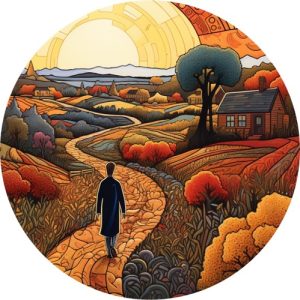
Journey and Return
This archetype is embarking on an adventure, undergoing personal growth, and eventually returning home. The Wizard of Oz is an example of this journey. This speaks to our life journey, the wisdom acquired along the way, and the longing for home and familiarity.
The story of the Prodigal Son also fits in this theme where the younger son leaves home and, in his squandering of his father’s inheritance, learns that there is more to his worth than money. He returns home to discover his true self, one who is richly loved. This archetype captures the journey we all must make in order to discover who we are. Richard Rohr calls this the necessary journey we must take through disorder so we can mature and come to a place of reorder.
Where am I on my journey?

Triumph Over Evil
Perhaps this is the most classic story narrative. Little Red Riding Hood or Snow White depict the battle against dark forces or evil characters. These stories help us confront our fears of the malicious and unknown, underscoring the resilience of good.
Jesus himself faced evil in the form of temptation by Satan in the desert, persecution, and ultimately crucifixion. His resurrection represents the final and ultimate victory over these dark forces.
In the Hebrew scriptures, the story of Esther also embodies this theme. Queen Esther uses her position and bravery to save her people from a plot to destroy them, symbolising the victory of good over evil. The Jewish people celebrate this annually on the feast of Purim.
Where do I sense the good and evil spirits in my life?
By stepping into the realm of timeless fairy tales and biblical narratives, we delve into a treasure trove of stories that speak directly to our shared human desires. From the transformative power of love to the journey of self-discovery, these stories offer us a roadmap to navigate our own story, our unique journey. They offer us a mirror to reflect upon our own lives, and through that reflection, we find answers to who we are, what we need to be freed from, what we truly want, and how love can truly change everything. Are these not universal desires? Are these not waypoints along all of our spiritual journeys?
By immersing ourselves in these narratives, we allow our deepest desires to surface, we tap into our true self, and journey towards a life imbued with purpose and meaning. We journey towards God.
Related posts:
Listen to the podcast version of this post…
Written with the assistance of AI (GPT-4).

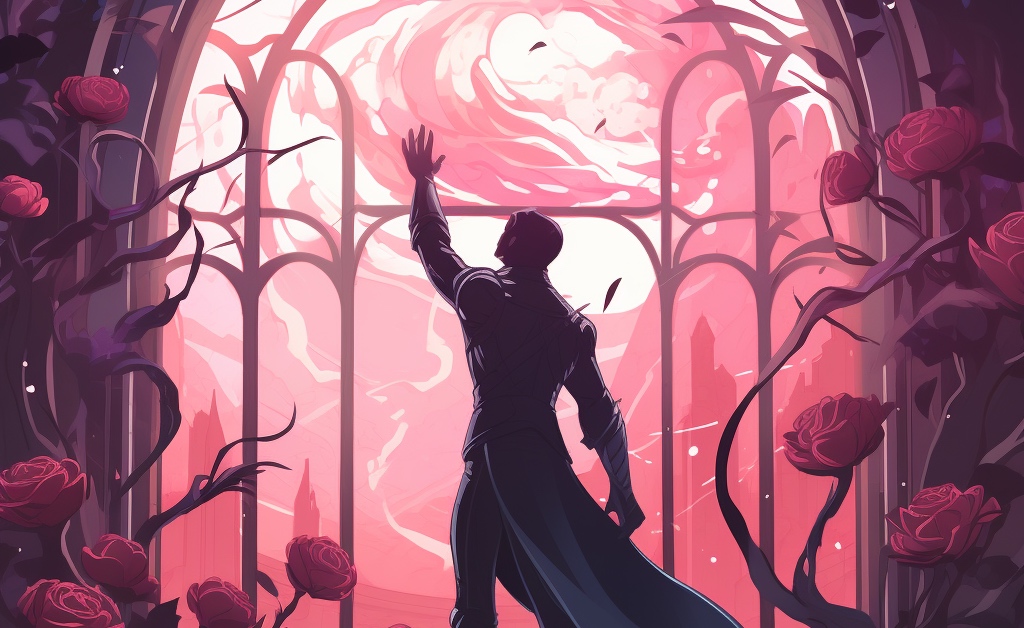



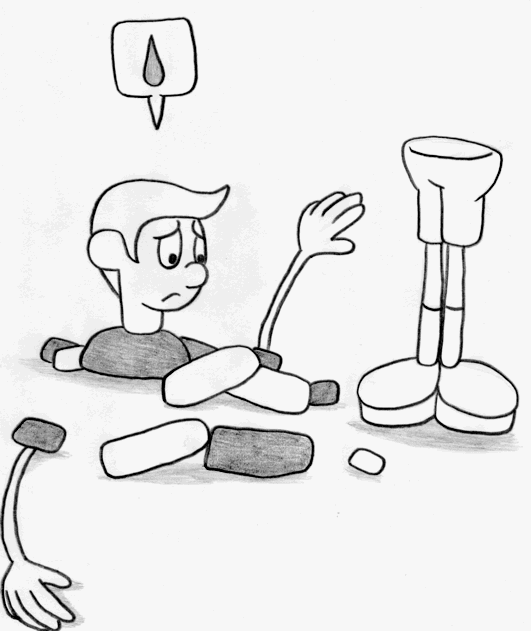

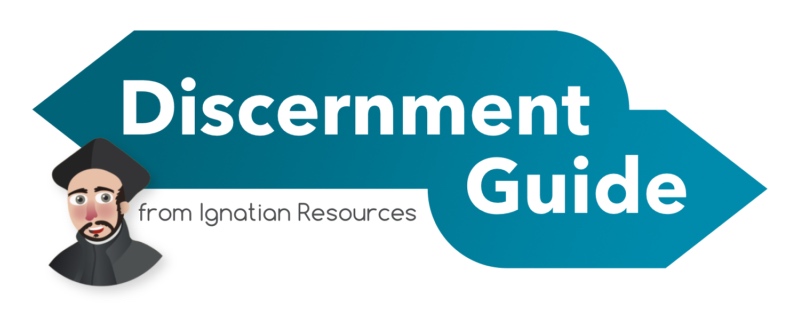

I love fairytale stories. Wonderful article. Thank you.